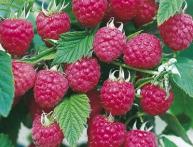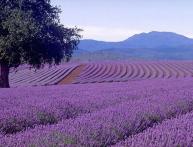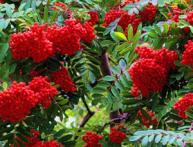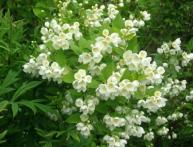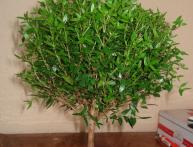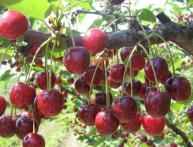Viburnum common

Viburnum viburnum belongs to the honeysuckle family and is a tree-like shrub with brownish-gray bark, reaching a height of up to 4 meters. The crown is often of irregular shape. The leaves of Viburnum vulgaris on petioles are 3-5 lobed, opposite, coarsely toothed at the edges, the color varies from light to dark green. The flowers of the plant have a pleasant fragrant smell, the color is soft white or with a shade of pink. Usually the flowers are located at the very tops of young branches.
The fruit of Viburnum vulgare is a bright red juicy berry of spherical irregular shape with one heart-shaped seed occupying the main part of the fruit. The pulp of the berry is very juicy, tastes bitter-sour, slightly tart. The number of fruits on one cluster reaches approximately 80-100 berries. The plant blooms in May-July, the fruits ripen in late August-September and the berries remain strong and persistent on the branches until the first frost.
After freezing, the fruits lose their astringency and bitter taste. Viburnum bears fruit annually starting from the 3rd year of life. Reproduction is possible through seeds and layering.
The natural habitat of the common viburnum is deciduous forests.
Among the Slavic peoples, viburnum was recognized as a symbol of beauty, happiness and love. The plant has countless positive properties of all kinds: it is enriched with vitamins and beneficial microelements, has a diuretic effect, improves heart function and much more. It has long been actively used in folk medicine.

